Hook, Line and Sinker Range
Ocean Fish has a new range for 2022 – Hook, Line and Sinker.
This range features British fish species with marinades and butters, all of which are quick to cook and easy to prepare.
Hook, Line and Sinker range showcases some of the species landed by Ocean Fish’s fleet of boats into south-west ports daily, which are processed in Cornwall and then delivered ensuring total visibility from catch sector through to baskets.
Hook, Line and Sinker Range includes -
MSC Cornish Hake with Smoked Garlic Butter
Sustainable MSC Cornish skin on hake portions with a smokey garlic butter, the perfect combination.
Hake is in the same taxonomic order (Gadiformes) as cod and haddock. A total of 12 hake species are known in the family Merlucciidae.
Description: A medium to large fish averaging from 1 to 8 pounds (0.45 to 3.63 kg) in weight, with specimens as large as 60 pounds (27 kg). The fish can grow up to 1 metre (3 ft 3 in) in length with a lifespan as long as 14 years. Male and female hake are very similar in appearance. After spawning, the hake eggs float on the surface of the sea where the larvae develop, at a later stage, the baby hake then migrate to the bottom of the sea, preferring depths of less than 200 metres (660 ft).
Habitat: The fish stay in deep sea water during the day and come to shallower depths during the night. European hake is found in the Mediterranean Sea, the North Sea, and the eastern Atlantic Ocean between Iceland and Mauritania. As a night predator during the day it stays on sandy or muddy abyssal plains, at depths usually between 30 and 400 m (98 and 1,312 ft), although it has been found at depths down to 1,000 m (3,300 ft).
Feed: An undiscerning predator, hake feed on their prey found near or on the bottom of the sea. The young feed on crustaceans, but as they grow, they start to feed on small and medium-sized fish and cephalopods. The adults show cannibalistic behaviour, eating smaller members of their own species.
About the name: The European hake (Merluccius merluccius) is sometimes also called the “herring hake”, perhaps because it often feeds on Atlantic herring, so is likely to be netted along with herring.
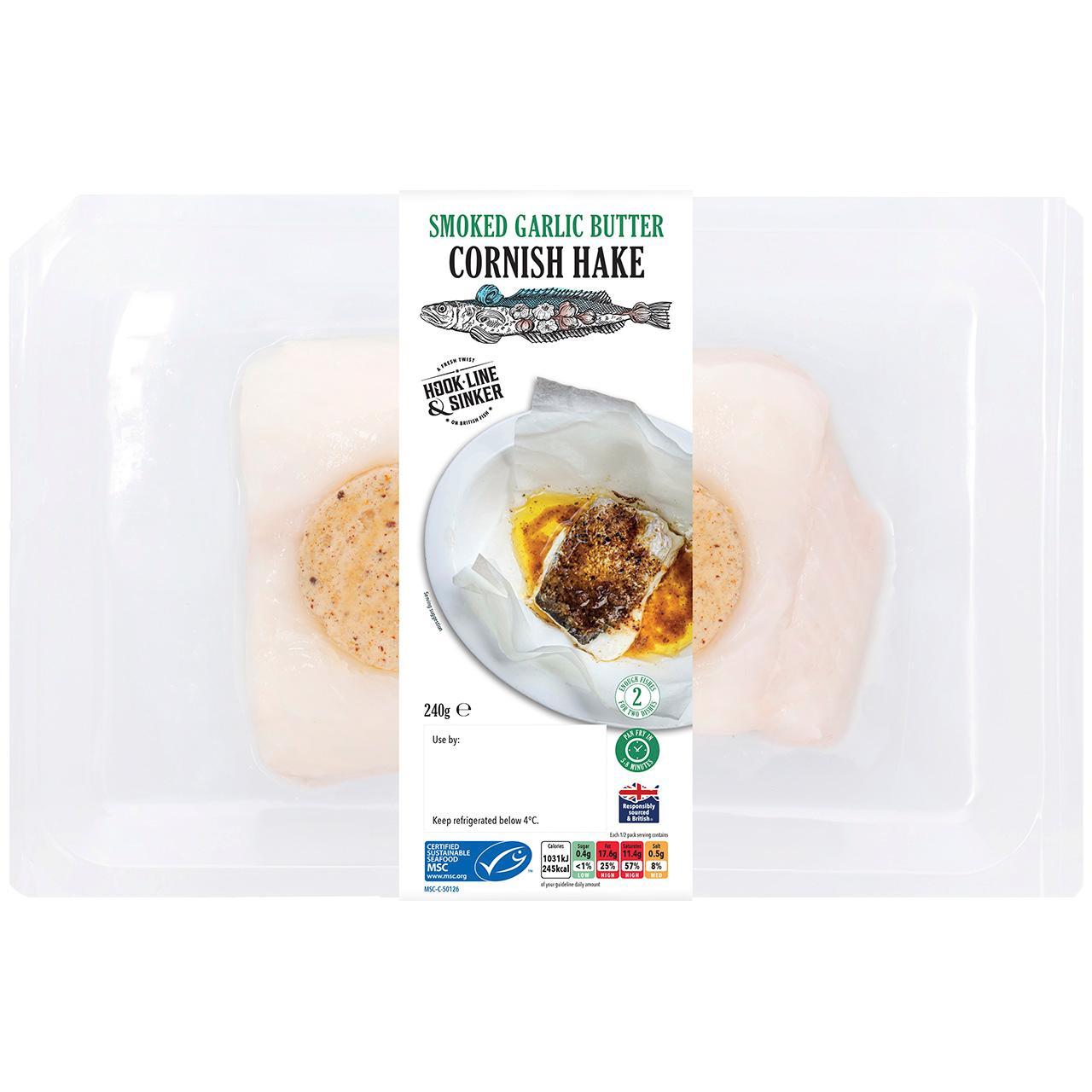
Harissa South West Monkfish with Roasted Red Pepper Skewers
Orange Harissa, Cornish sea salt and maple syrup – ideal for the BBQ. Monkfish has a firm meaty texture and holds flavours well.
South West Monkfish with Chimichurri Marinade
Bone in monk fish tail with a deliciously herby Chimichurri marinade with a hint of chilli
The Monkfish species Lophius piscatorius is a member of the genus Lophius.
Description: Massive mouth full of very sharp teeth which point inwards, can be up to 6ft long and weigh 250lbs, but are typically half this size.
Habitat: Well known to the fishermen off the coasts of Europe, a deep water fish which stays at depths of around fifty meters and substantially deeper than this. Monkfish are found in the north east Atlantic and parts of the Irish Sea, English Channel and North Sea.
Feed: Other fish, squid, octopus and crustaceans, pouting, sand eels, cod, pollock, coalfish, dogfish, all kinds of flatfish and even rays. They have also been caught with lobsters and crabs in their stomach, suggesting that monkfish are opportunistic predators that will eat pretty much anything that crosses their path.
About the name: Sometimes called the sea-devils, sometimes referred to also as the ‘poor man’s lobster’ for their exquisite flavour. The north European black bellied species is Lophius piscatorius while the Mediterranean species Lophius budegassa.
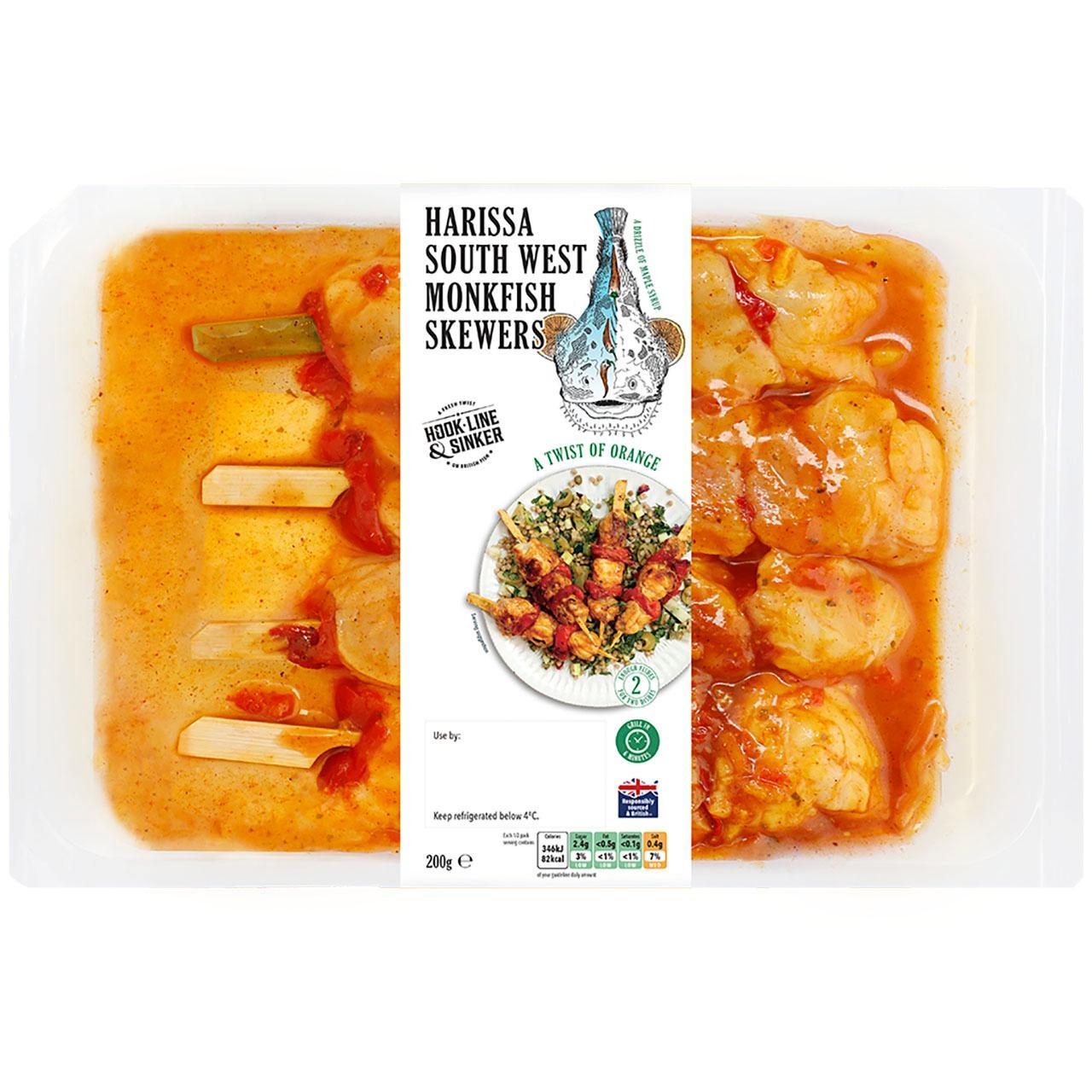
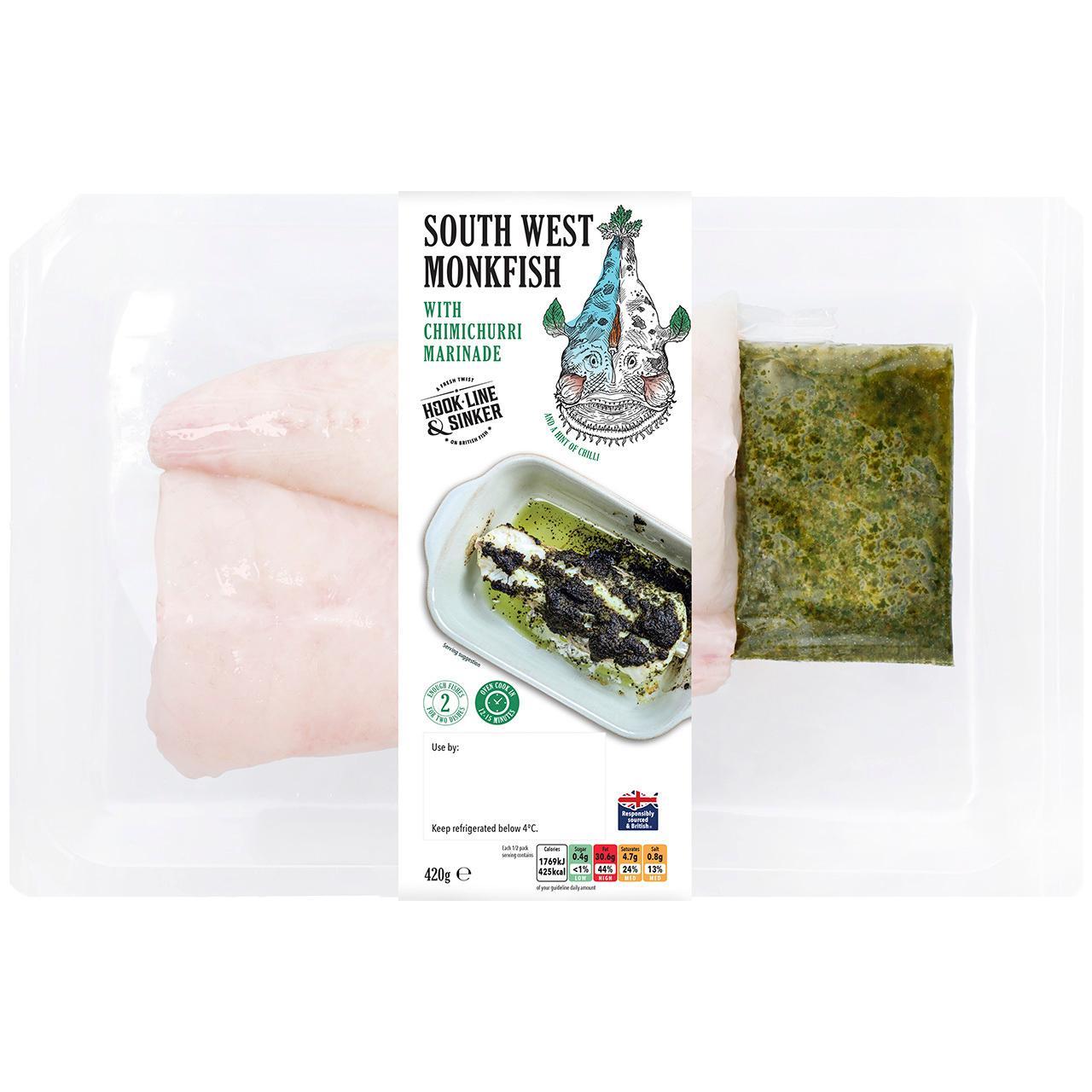
MSC Cornish Sardines with Mediterranean Marinade
Our award winning MSC Product of the Year 2022 and Great Taste Award winner – Cornish sardine butterfly fillets in a Mediterranean marinade. A splash of lemon juice and touch of Mediterranean sunshine.
Habitat: A coastal pelagic fish, at 25-55 m by day and 15-35 m by night. Reproduction takes place at 20-25 m, near the shore or as much as 100 km out to sea, from April (English Channel), June to August (North Sea, also Black Sea), September to May (off European coasts of Mediterranean), and November to June (off African coasts of Mediterranean). A shoaling and migratory species.
Feed: Planktonic crustaceans but also on larger planktonic animals.
About the name: Sardina pilchardus within the herring family of Clupeidae. Also commonly known as pilchards, the name sardine was first used in English during the early 15th century, may have come from the Mediterranean island of Sardinia where sardines were once abundant.
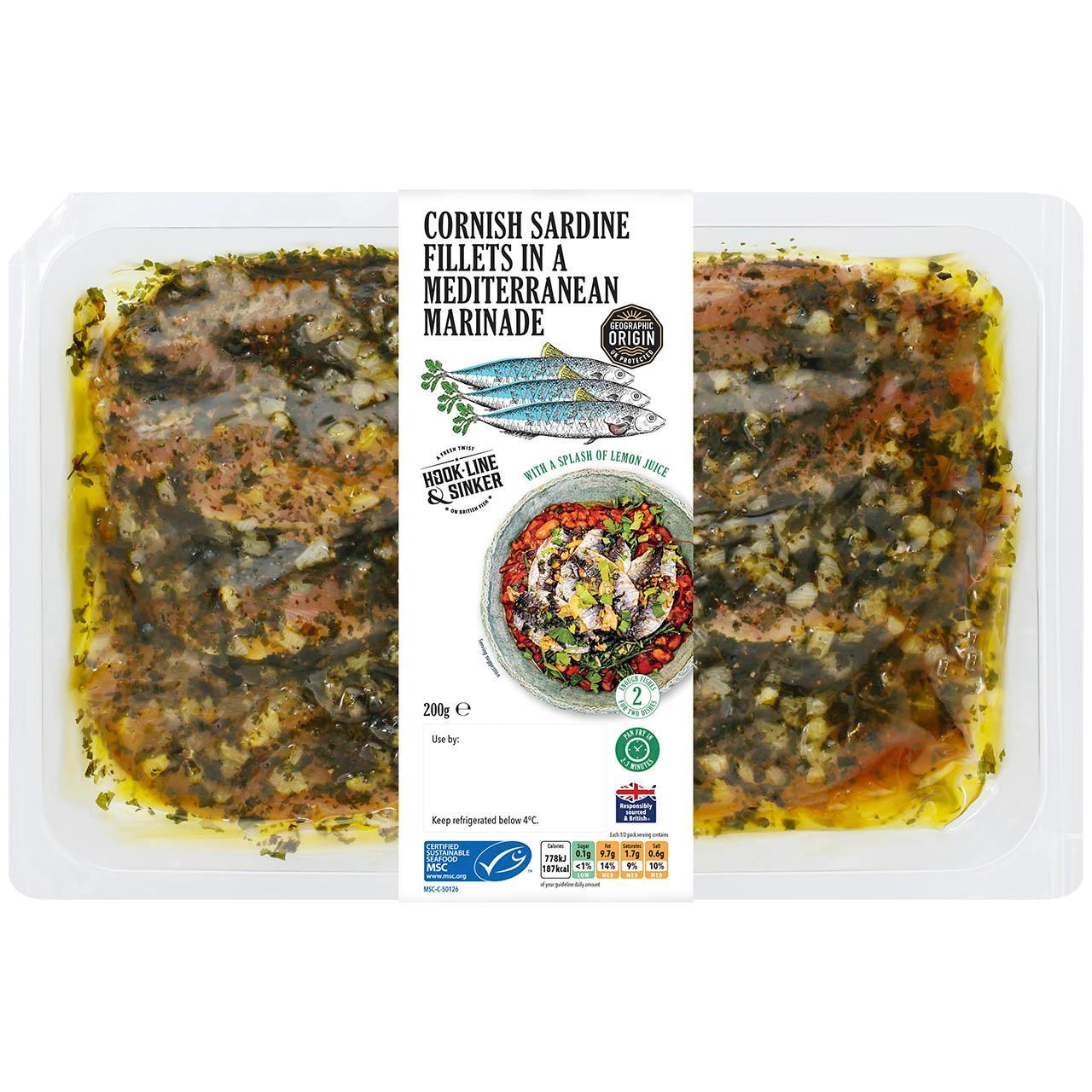
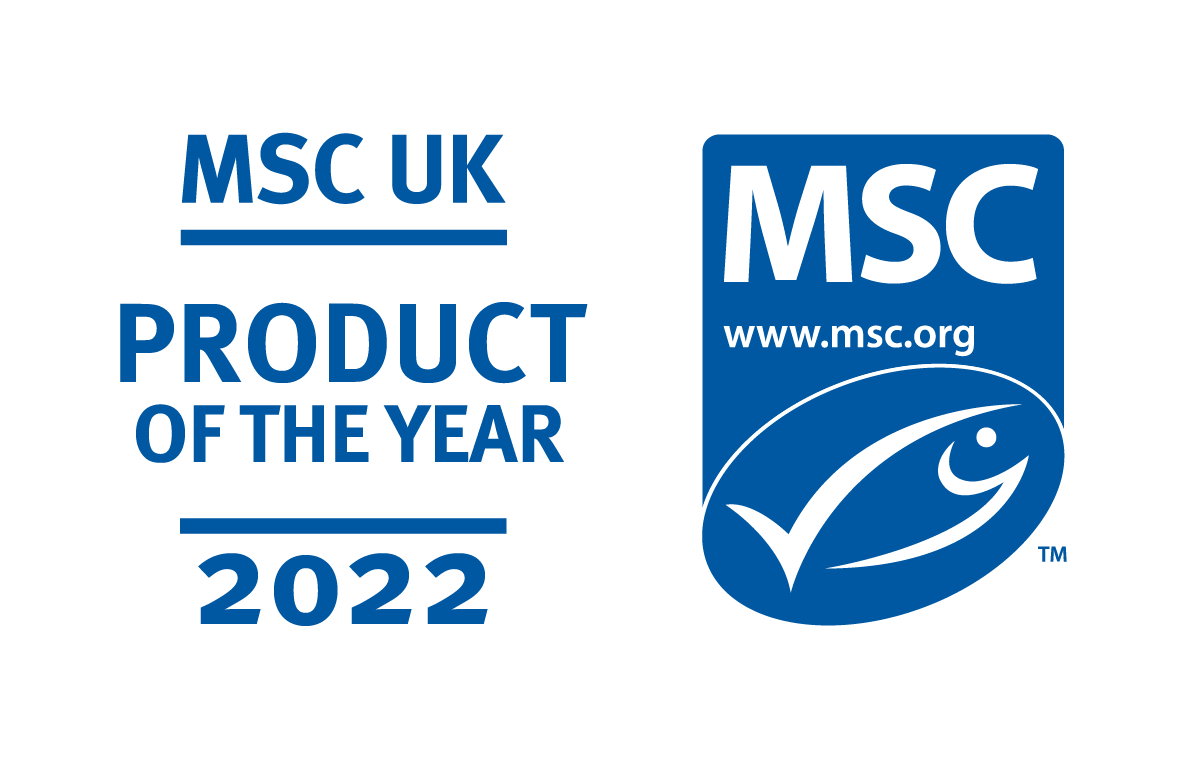
Scallops with Zhoug Marinade
British Scallop meat with roe on in an aromatic Zhoug marinade with hints of cardamom, roasted cumin and roasted red chilli.
Description: Scallops are a cosmopolitan species of bivalves, found in all of the world’s oceans. Many species are capable of rapidly swimming short distances and even of migrating some distance across the ocean floor.
Scallops have a well-developed nervous system, and unlike most other bivalves they have numerous simple eyes situated around the edge of their mantles.
Habitat: As adults, a small minority of scallop species live ‘cemented’ to rocks. Others are attached by means of a secretion called a byssal thread. The majority of species, however, live recumbent on sandy substrates.
When they sense the presence of a predator such as a starfish, they are able to escape by swimming swiftly through the water using a form of jet propulsion created by repeatedly clapping their shells together.
About the name: The Scallop is a common name used for any one of numerous species of saltwater clams or marine bivalve mollusks in the taxonomic family Pectinidae. Pecten maximus, commonly known as the “great scallop” or “king scallop”.
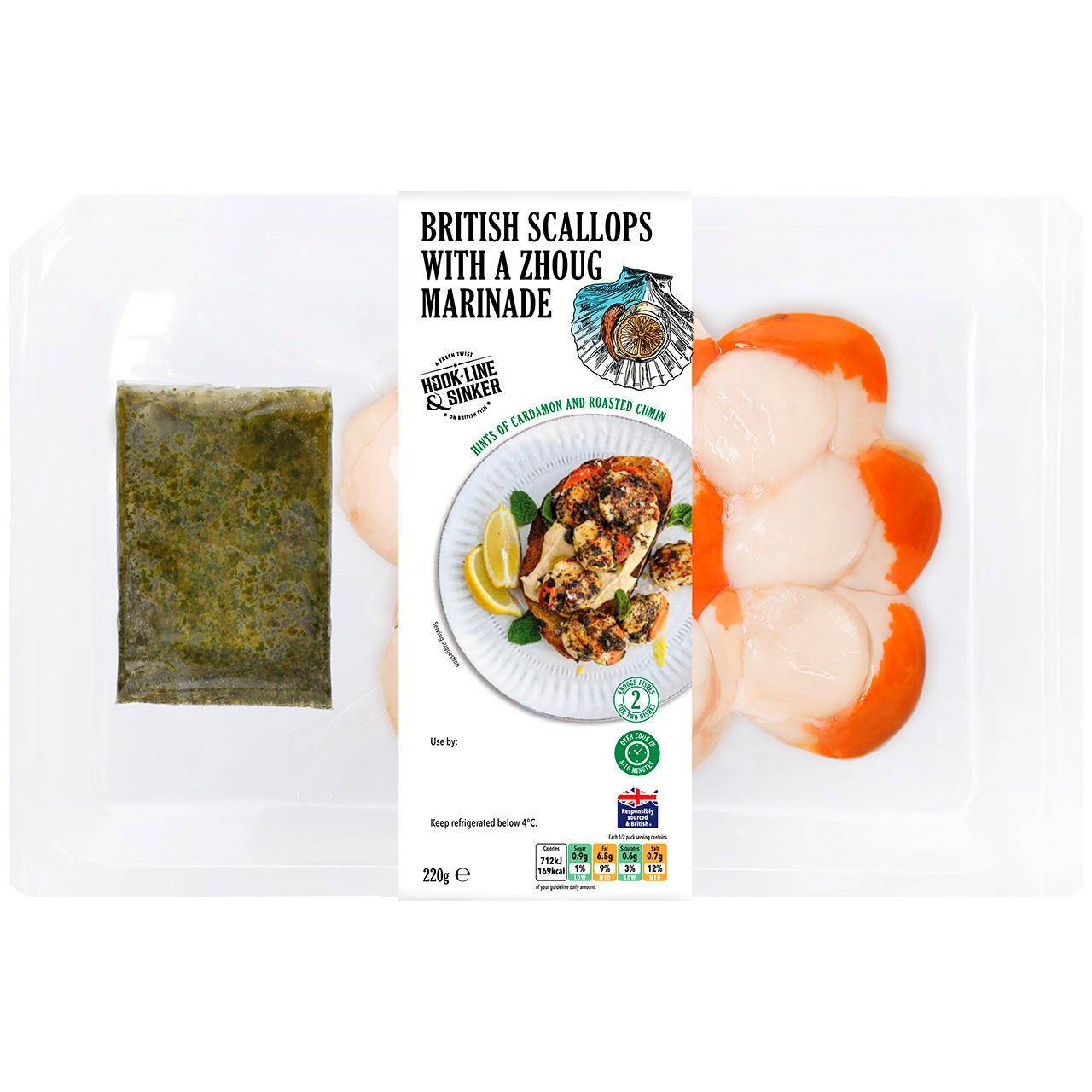
Accreditations



